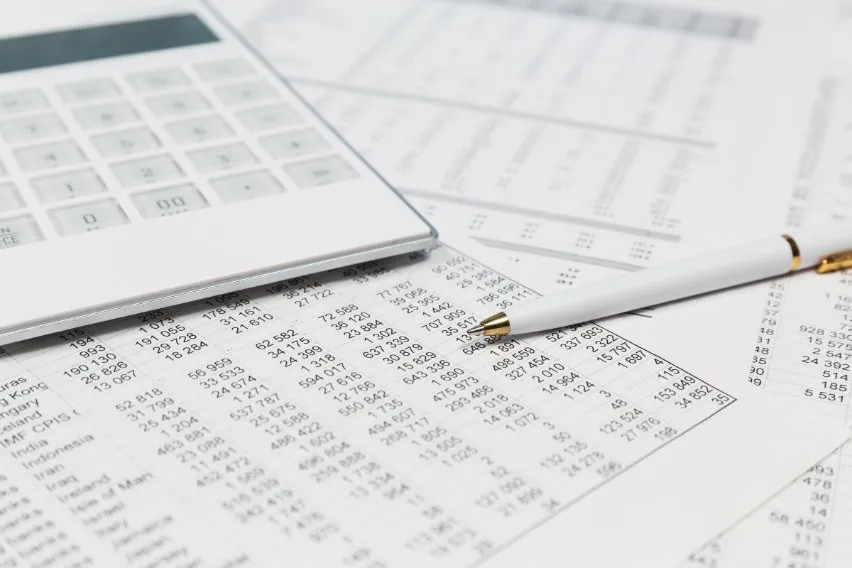Your small business is up and running, and you’re starting to get clients. That’s fantastic, but do you understand how to send and structure your invoices? Without invoices, you don’t get paid.
Freelancers and business professionals need to know what an invoice is. If you don’t understand invoices, you won’t get the money you’re owed.
Further, a misunderstanding of invoicing can cause tax problems and further confusion you’ll avoid if you understand these things on the front end. Another distinction to make is the invoice vs. statement differences.
We’re going to look at the difference between an invoice and a statement in this article, clearing up any confusion you might have. Let’s get started.
What Is an Invoice?
An invoice is a document that one party sends to another party in a payment request. The invoice describes the work that’s been done. It might also list the particular product that an individual needs to pay for.
These documents are exchanged in remote work or different engagements which involve complex hourly work. For example, a consultant who spends a lot of time doing various tasks on a project might send an invoice after the project is complete.
There are various platforms to help individuals create invoices. You can find an invoice maker to streamline the process and makes it very easy.
While invoices aren’t always legal documents, they need to adhere to a few criteria. Using an invoice maker of some kind is an excellent idea if you want to streamline your billing process and avoid crucial errors.
What Is a Statement?
A statement is a more extensive document listing multiple invoices or payments. Statements make it easier to include large sets of bills. For example, a contractor that does several jobs but expects charges for everything at the end of the project might issue a statement.
It’s also an excellent way to list all required payments when someone is late on several charges. One thing about statements, though, is that they might include amounts that have been made but haven’t yet gone through.
For example, someone might have made a payment the morning the statement was printed and sent. In that case, the information would list a price already made by the client.
If the person makes the payment without reading the total invoice, it could cause trouble with refunds later. A client might also be angry that the other party didn’t acknowledge their price. Mismanaging things in this way can cause business tensions in some cases.
You can use invoice makers to create statements as well. The invoice lists a single payment, while the report includes two or more items. The distinction between the two is not that significant, and you don’t need to use a different format for the document.
Need More Statement or Invoice Information?
If you’re wondering about the invoice vs. statement dilemma, there’s more to learn. Having a solid understanding of these things is essential if you do a lot of business with contractors or freelance professionals.
We’re here to help. Please explore our site for more ideas on getting payment the correct way and managing your business dealings.
